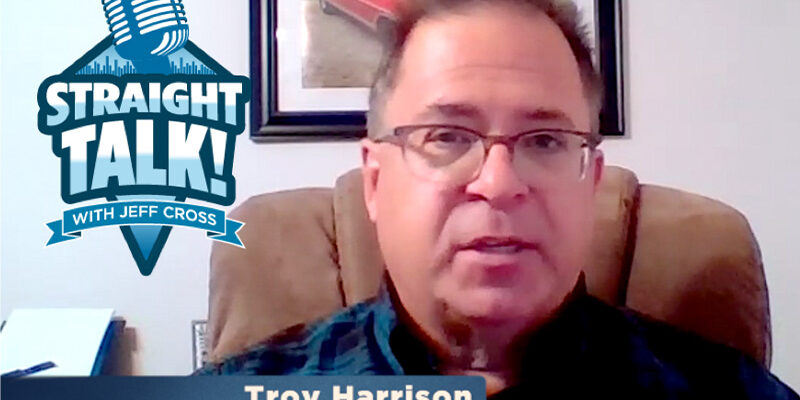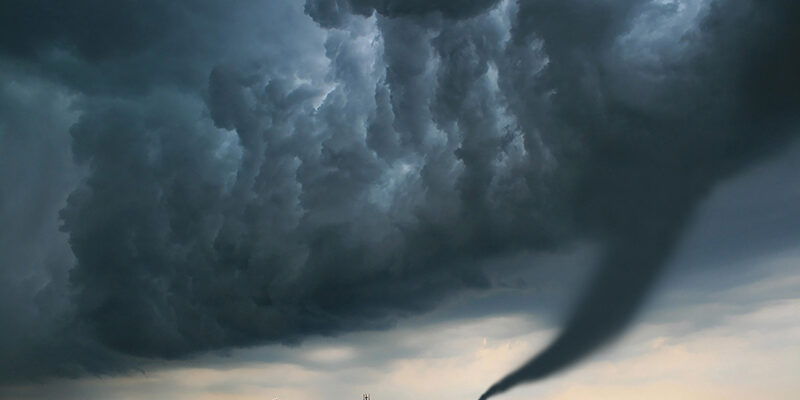Fire, Smoke, and Contents

The aftereffects of a fire or other catastrophe can cause a great deal of stress. After experiencing content loss through fire, water, mold, or other causes, people just want to return to normal.
Cleanfax recently sat down with Tim Fagan, president of Blue Kangaroo Packoutz, to learn what restoration contractors need to know to successfully deal with fire, smoke, and content loss challenges.
Overall, just how profitable is fire and smoke work?
Fires generally require medium to heavy cleaning depending on the source, combustion type, heat, proximity to the source, and the material affected. Other billable add-ons may include additional labor, specialized chemicals, and deodorization techniques. Contents inventory and determination of salvageable, unsalvageable, or economic salvageability are also billable and necessary functions. In addition, there may be additional profit in the restoration of wood furniture, upholstery, textiles, electronics, etc., if needed.
To answer your question, the profit depends on many factors, as you can see. Without knowledge of what you are doing, there is a great probability that you could lose your shirt handling contents.
When it comes to fire and smoke restoration work, what are some of the more common hidden issues technicians discover and must deal with?
First, a technician may have to deal with cause and origin-investigation restrictions from accessing areas. Other delays can include hazardous environments from combustion, water damage and potential for microbial growth from firefighting, corrosion and staining issues from soot acidity, and electronics-fire residue impacting internal components.
Something that is very important but also time-consuming and challenging is the identifcation of the total lost items and salvaging what you can. A home or business owner’s belongings can have personal, sentimental, and special value to them. Do not underestimate the real and perceived value of sentimental items.
Also, it is possible that the emotional and psychological impact on a homeowner (phantom smoke smells or psychosomatic symptoms) could be something that must be dealt with.
What are some important safety considerations when doing this type of work?
The scene of a fire can be a hazardous place. Every caution should be taken. Is the scene boarded up for security? Has evidence been preserved?
Ensure the structure is stable and utility-related hazards, such as power, gas, etc., have been shut off. Look for and avoid anything dangerous in the environment, like trip hazards, broken glass, and other sharp objects.
We must also consider our personal health. Use the appropriate personal protective equipment (PPE) for hazardous and noxious atmospheres, wearing a respirator for PAHs (polycyclic aromatic hydrocarbons) from incomplete combustion. It’s possible that lead- or asbestos-contaminated materials have been disturbed or damaged by fire and firefighting measures and have released particles. Even the smell of a dead animal can make us ill.
What are some best practices for removing odors from fire jobs?
Ventilation of the structure is key. Open the windows and use HEPA air scrubbers in the affected area. Start with cleaning. Clean affected contents, HEPA vacuuming surfaces as you go. Test clean, determining what is salvageable/cleanable (e.g., porosity, staining of plastics, textiles, etc.). Remove non-salvageable charred/contaminated contents.
Next, seal the contaminated structures, such as ceiling and wall joists and furniture, including the drawers, inside the back panel, etc. Use ozone, hydroxyl, and other pairing or masking agents for odor removal.
And don’t forget the emotional and psychological impact on the owners that was discussed earlier. Take the time to educate them on “psychological odor.”
Talk about the HVAC system. What are some good practices for ductwork and air systems?
If it’s still operating, shut down the HVAC system or at least block return air in the source area. Spend time cleaning the ducts, filters, blowers, etc., of the HVAC system. Don’t forget to clean the vent hoods and exhaust fans too.
Is it common for restoration companies who do fire or smoke work to subcontract out the contents portion?
We hope so. Specialized critical and detailed cleaning with proper chemicals and application of a variety of deodorizing methods (combined masking and pairing agents) are usually beyond the expertise of most restoration companies.
Structure cleaning using chem/soot sponges, HEPA vacuuming, and wet cleaning with alkaline-based cleaner or degreaser (protein) are usually needed. And areas like textiles and electronics require specialized equipment and training.
If contractors subcontract, can they still turn a profit when subcontracting? Please explain any subcontracting strategies if applicable.
It can still be profitable. Mark up for job coordination, profit, and overhead.
Contractors will generally charge a referral fee to the subcontractor. A 5–10% fee is customary.












